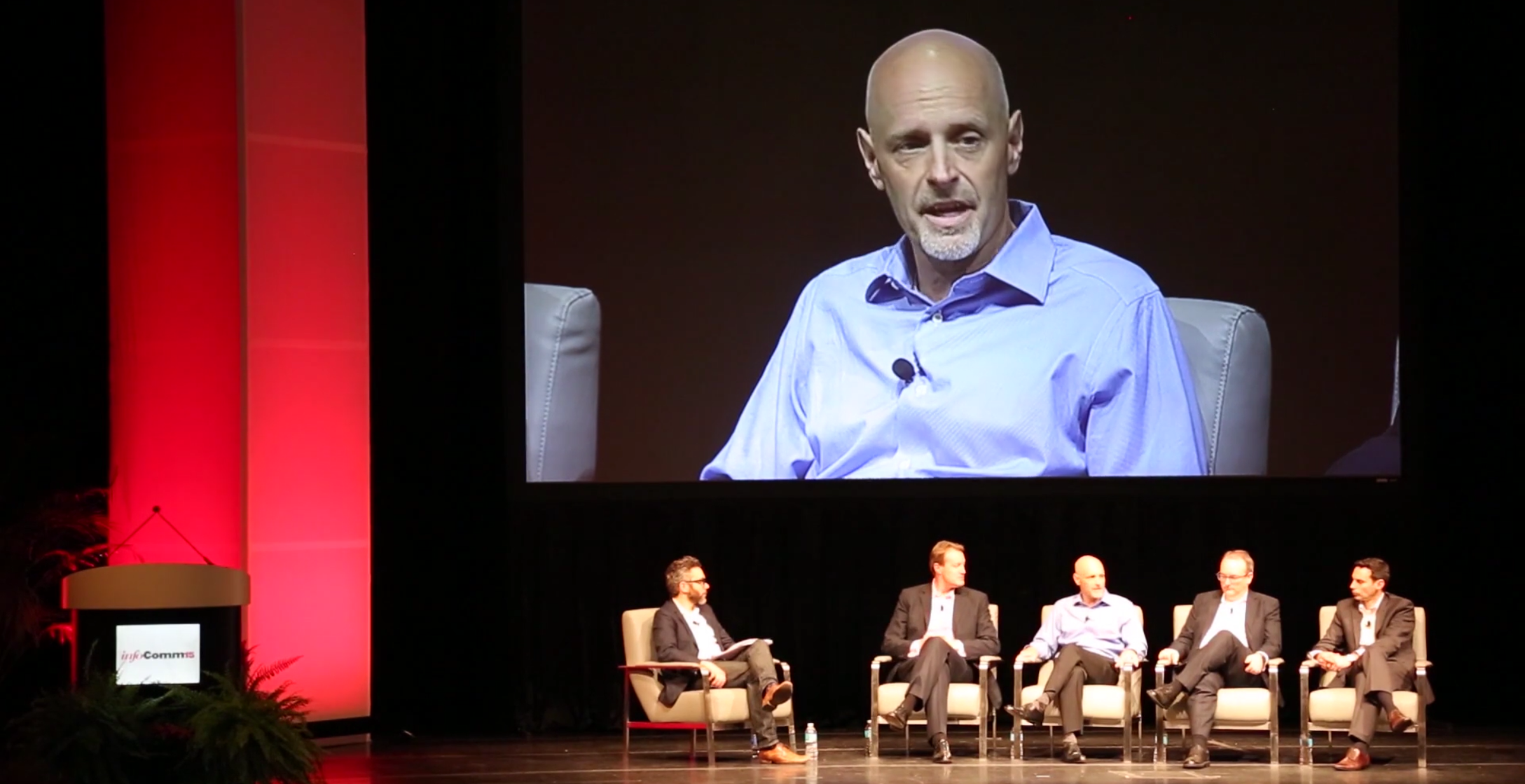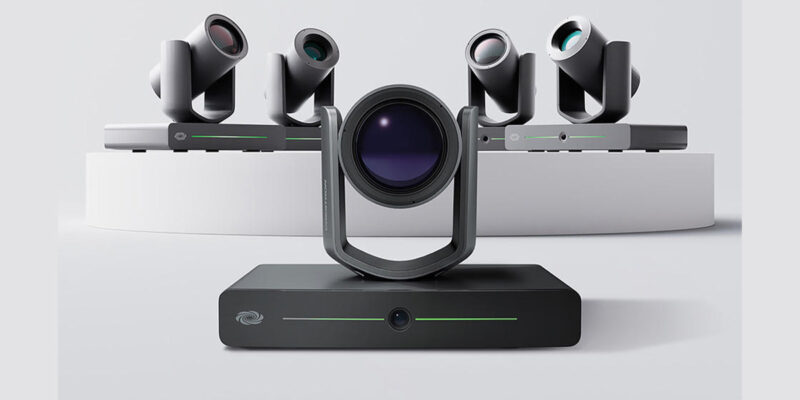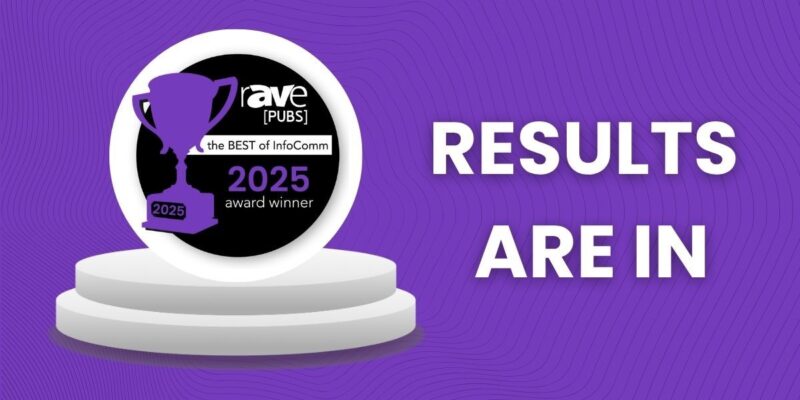AV -Is- Making the Comeback With IT (and IoT)
OK, so before you go saying AV/IT and the -c- word (over ten years going now) is here, hold on a minute. I read in many corners of the industry, as well as hear the discussions that AV – we still have a problem. IT is laying in wait and even moving into our territory to do our business. Like staking a claim on a gold miner spot, the AV industry has been trying to fend off encroachers who are trying to do the business that we have so successfully done for many, many years. There are those out there in IT integration who do it, and some do it pretty well, however do you go with the contractor who dabbles in plumbing, or the fully licensed and experienced plumber for a major job? I can’t rest my case yet though as there still is this issue of AV/IT and convergence – which has been built so high in the industry there is NO turning back. Then again, who really wants to, when as an industry we have in front of us what appears to be the greatest opportunity we’ve known yet.
As an industry audio visual is so multi-layered that I find it unfathomable how any other realm of technology could actually encroach on or even usurp it. The title doesn’t necessarily suggest that AV was in danger of going away, oh no far from it. In fact, as long as I have been in the AV industry I never once was concerned that it was going anywhere or being eaten up by anything (umm, IT). I did very well as an integration sales person without the specter of AV (as I say I never really subscribed to AV/IT) becoming IT, IT/AV, etc.
Converge-IT

In a blog written by TJ Adams, Director of Installed Systems Product Management at QSC (leader of the team responsible for developing the company’s software-based DSP) It’s More Than the Network (The Truth about AV/IT Convergence), he begins:
Let’s be honest, there are a million ways one could describe AV and IT integration. It’s true that in this day and age, we can now control just about every device via the network, make our phone calls via the network, and route our audio and video using the network (and only a few projects thus far truly accomplish all three). So what does “AV/IT convergence” really mean?
He then goes on to state that “It’s so much more than the network” and to start with a definition—the way IT defines it.
The term IT infrastructure is defined in a standard called Information Technology Infrastructure Library (ITIL) v3 which is a combined set of hardware, software, networks, facilities, systems, etc. (including all of the information technology), in order to develop, test, deliver, monitor, control, or support IT services. Associated people, processes, and documentation are not considered part of IT Infrastructure.
He also points out that what’s important for an AV professional to extract from the definition is the concept of hardware, software, networks, and facilities all being part of IT infrastructure. IT infrastructure, as with AV-focused solutions provided by certain industry manufacturers (like FSR Inc.), is what would in this instance need to be a certain focus when approaching the enterprise and higher education IT managers and execs as well. Bring the audio and the video as you would, but bring the IT infrastructure discussion and focus as well.
Paul Zielie, Manager, Enterprise Solutions at AMX by Harman and well-known industry educator on networked AV (as well as security) wrote a blog back in April of last year Why the AV/IT Convergence Has People Talking and Sharing Ideas stating a reason as to why he likes the word “convergence”:
In the telecom industry, the definition of convergence is: “The combination of multiple services through lines of telecommunication from a single provider.” This is a single line provider, not a single service provider. In the case of AV/IT the lines are the IP network. This seems appropriate.
He also goes on to specify three dictionary definitions of the term:
- The act of converging and especially moving toward union or uniformity
- The merging of distinct technologies, industries, or devices into a unified whole
- The tendency of unrelated animals and plants to evolve superficially similar characteristics under similar environmental conditions
I’ve added a concept of my own – it speaks to more of a confluence as in rivers joining in flow, an added turn to the union that Paul and convergence that TJ reference.
I have referenced blogs by fellow rAVe AV/IT writer Max Kopsho, Principal – Thorburn Associates and this passage from his blog Five Reasons AV Needs to Become More IT I find to be highly effective in supporting this blog as well:
IT is Looking Outwardly for Expertise — In 2015 there was a considerable shift in IT where the IT Generalist was the top growing level of certification and the top job position being filled/sought by recruiters. IT departments, strategist and hiring managers have recently realized that they need people with a broader understanding of IT and that they could then later deploy specialized skills only when needed. This shows us that IT now has a better understanding of when to bring in outside resources to solve unique problems. AV/IT integration is still a very unique problem that AV integrators can be that specialized force that IT is looking for.
So what we see here is that with this shift, there is actually more dependency on AV for the IT Generalist, and where IT solutions can be incorporated, integrated, converged – however you consider it – there’s that further bonus to being able to provide well-rounded technology solutions for the enterprise or higher education environment.
Does one need to be IT convergent in their business? Well that is up to the provider, however there are certainly enough ways to converge AV and IT – with networked AV, communications, software-based and cloud solutions and more where we can, as Paul specifies, merge distinct technologies, industries, or devices into a unified whole.
IoT could be the key(note)
So while many did walk away from the Internet of Things keynote at InfoComm last year not sure of the takeaway, I did consider Fred Bargetzi, CTO of Crestron to be the person who most delivered on that stage (I did find Mike Walker of Cisco’s IoT security discussion of great value as well though).
Click on this link to watch a two minute video from the keynote.
 Fred Bargetzi, CTO of Crestron, joined the opening keynote at InfoComm15 to discuss the opportunities of IoT and how connecting, managing, and personalizing network solutions help to embrace technology and push a business forward.
Fred Bargetzi, CTO of Crestron, joined the opening keynote at InfoComm15 to discuss the opportunities of IoT and how connecting, managing, and personalizing network solutions help to embrace technology and push a business forward.
IoT thus according to Bargetzi here becomes, as far as I can see, the “branch-out” – where IT I believe represents the technology build, IoT becomes the technology extension. He talks about reaching to outside influences – CTOs’ and CEO’s. The industry has done a good job of reaching out to the CIO, however it’s the level above that can really make the difference to upscale visibility in the enterprise and education world – with larger scale tech prowess and integrated solutions in tow.
Industry integrator Advanced AV, has a presence in communication and collaboration solutions as well as integrated room systems, and bring networking expertise to the table as well. The company recently published a blog Digital Signage Meets the Internet of Things alluding first to The Union of IoT and the Growth of Devices discussing how IoT has the potential to change every area of communication, including information sharing, and stating that digital signage is no exception. It also alludes to Cisco’s Internet of Everything in which I personally have discussions on how IoT and IoE differ in substance and scale.
Examples are given in the blog on how organizations can leverage digital signage:
- Integrated cameras can deliver live images to consumers, in real time.
- Heat-mapping technology can detect high-traffic areas and alter what is being advertised or how it is being advertised.
- Beacon technology—a proximity-based communication solution—uses Bluetooth to let retailers provide targeted discounts and information to customers.
- Intuitive touchscreen navigation gives customers pertinent, personalized content. It enables users to monitor inventory and communicate with others via video conferencing. This technology can be used between associates or as a way for customers to locate products in a store.
- Customer demographics can be collected and used to provide relevant product recommendations.
I do agree with the statement that one’s business in the industry can profit by combining the power of IoT and digital signage, as well as other technology markets within the AV industry – communications, collaboration and more. In fact, here is an AT&T Enterprise Business blog discussing another convergence – how the benefits of IoT will require collaboration – a reverse perspective if you will.
Just to show the boundless possibilities that IT and IoT can bring to the industry – and beyond.





